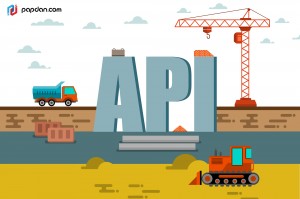As web developer or people who often deal with programming, building an API will surely take your time. Moreover, if you would like to connect your software to application programming interface, maybe you need a brilliantly designed, coder-friendly interface. Besides, if you need something to do with maintaining all the servers a sturdy API capable of handling millions of requests, we understand as sometimes servers are annoying, even for cloud services.
You choose them, provision them, configure them, deploy them, monitor them, meter them. You also the one who determine when to add or remove them but still you need to pay what you used and you didn’t. The explosion of software as a service in recent years has paved the way for the concept of “servers” to be someone else’s problem. But there are several requirements that should be fulfilled when someone wants to build an API in a server. Many of programmers find that you are going to fight with servers before to do an API.
If you dislike the situation and want to find a better way, you can try another technique which is quite simple and fast.
Amazon
For those who hate the idea of handling their own hardware can have a new tool to help them, for about one year ago, Amazon web Services has been released. The good news about this app is that it is not only cheap to stand up an API with API Gateway but it is also quick work, since it only takes ten minutes if you’re copy-pasting, and half an hour if you’re a good typist.
The work can be done into three steps:
- Write a request handler
- Install it as a Lambda
- Create an API in API Gateway, and connect the Lambda to a resource and method.
You can apply the above techniques and hopefully, it will save your time more than before.



